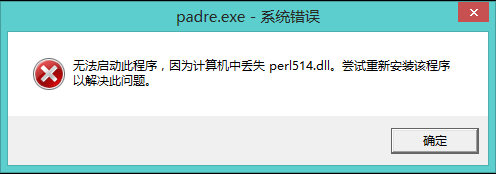例如,如果我将二进制文件中的一些数据读入$data
my $data; open FILE,"<",$filepath; binmode FILE; read FILE $data 1024;
我想得到第一个字节,是substr($data,1,1)合适吗? (再次,假设它是8位数据)
我来自一个主要是C的背景,我习惯将char指针传递给read()函数.我的问题可能是我不明白字符串的底层表示是什么在Perl中.
解决方法
读FILEHANDLE,SCALAR,LENGTH,OFFSET
读FILEHANDLE,LENGTH
Attempts to read LENGTH characters of data into variable SCALAR
from the specified FILEHANDLE. Returns the number of
characters actually read,0 at end of file,or undef if there
was an error (in the latter case $! is also set). SCALAR will
be grown or shrunk so that the last character actually read is
the last character of the scalar after the read.An OFFSET may be specified to place the read data at some place
in the string other than the beginning. A negative OFFSET
specifies placement at that many characters counting backwards
from the end of the string. A positive OFFSET greater than the
length of SCALAR results in the string being padded to the
required size with “\0” bytes before the result of the read is
appended.The call is actually implemented in terms of either Perl’s or
system’s fread() call. To get a true read(2) system call,see
“sysread”.Note the characters: depending on the status of the filehandle,
either (8-bit) bytes or characters are read. By default all filehandles operate on bytes,but for example if the filehandle has been opened with the “:utf8” I/O layer (see “open”,and the “open” pragma,open),the I/O will operate on UTF-8 encoded Unicode characters,not bytes. Similarly for the “:encoding” pragma: in that case pretty much any characters can be read.



